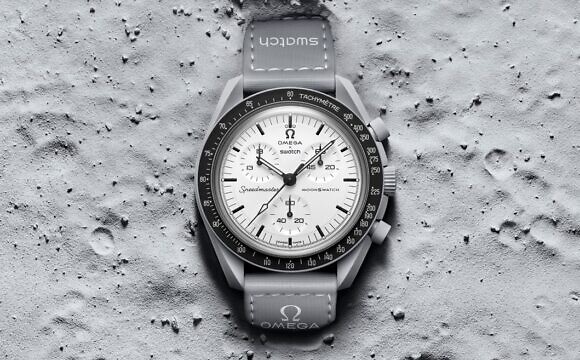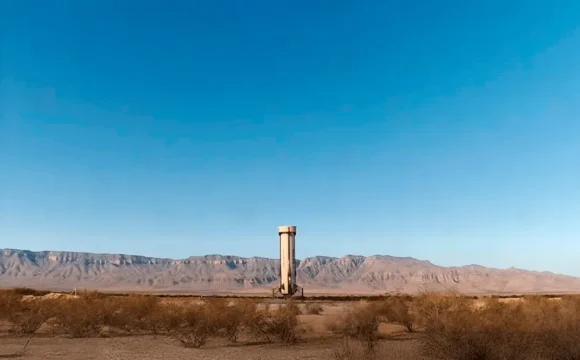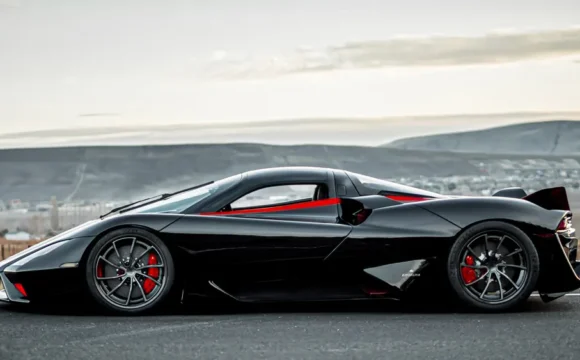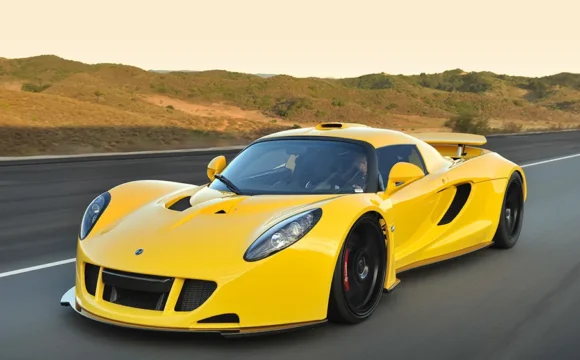ยานอวกาศเชิงพาณิชย์แบบมีปีก ลำแรกของโลก “ดรีมเชสเซอร์ DC-100" จากบริษัท Sierra Space ได้เดินทางถึงจุดหมายอันสำคัญ ก่อนที่จะออกปฏิบัติภารกิจสู่อวกาศ เมื่อวันที่ 18 พฤษภาคม ยานลำนี้ได้เดินทางมาถึงศูนย์อวกาศเคเนดี้ของนาซ่า ที่รัฐฟลอริด้า เพื่อเข้ารับการทดสอบขั้นสุดท้ายก่อนภารกิจขนส่งเสบียงไปยังสถานีอวกาศนานาชาติ (ISS)
ดรีมเชสเซอร์ได้รับการออกแบบมาเพื่อบรรทุกสัมภาระระหว่างโลกและสถานีอวกาศฯ ตัวเครื่องมีความโดดเด่นด้วย ลำตัวแบบ lifting body และปีกที่ทันสมัย ซึ่งช่วยให้สามารถลงจอดบนรันเวย์ได้เหมือนกับกระสวยอวกาศที่ปลดประจำการของนาซ่า เมื่อรวมเข้ากับโมดูล “ชูทติ้งสตาร์" ขนาด 15 ฟุต ยานลำนี้สามารถบรรทุกสัมภาระภายในได้มากถึง 7,000 ปอนด์ (ประมาณ 3,175 กิโลกรัม) และบรรทุกภายนอกได้อีก ดรีมเชสเซอร์เป็นยานอวกาศที่สามารถนำกลับมาใช้ใหม่ โดยมีกำหนดทำภารกิจอย่างน้อย 7 ครั้งไปยังสถานีอวกาศนานาชาติ ส่วนโมดูลชูทติ้งสตาร์นั้นออกแบบมาให้เผาไหม้ไประหว่างการกลับเข้าสู่ชั้นบรรยากาศกำจัดขยะได้มากถึง 8,500 ปอนด์ ต่อภารกิจ
“เทนซิตี้" ซึ่งเป็นชื่อของดรีมเชสเซอร์ลำแรก จะนำเสบียงและอุปกรณ์ทดลองทางวิทยาศาสตร์น้ำหนัก 7,800 ปอนด์ (ประมาณ 3,583 กิโลกรัม) ไปยังสถานีอวกาศฯ หลังจากผ่านการทดสอบอย่างเข้มงวดที่ “Neil Armstrong Test Facility" ของนาซ่า ยานจะถูกนำไปทดสอบเพิ่มเติมที่ฟลอริด้า รวมถึงการทดสอบสัญญาณรบกวนทางเสียงและแม่เหล็กไฟฟ้า การทำงานของระบบป้องกันความร้อน และการติดตั้งเพย์โหลด
เทนซิตี้มีกำหนดปล่อยตัวบนจรวดวัลแคนของบริษัท United Launch Alliance Vulcan จากแหลม Canaveral Space Force Station ในปลายปีนี้ โดยคาดว่าจะกลับมายังฟลอริดาหลังจากอยู่ที่สถานีอวกาศฯ เป็นเวลา 45 วัน จากนั้น Sierra Space จะเตรียมยานลำนี้สำหรับภารกิจต่อไป
ภารกิจครั้งนี้ถือเป็นจุดเริ่มต้นของฝูงบินดรีมเชสเซอร์ที่จะทำการส่งเสบียงไปยังสถานีอวกาศฯ วงโคจรต่ำ ในอนาคต ภารกิจอาจใช้เวลานานถึง 75 วันและบรรทุกสัมภาระได้มากถึง 11,500 ปอนด์ (ประมาณ 5,216 กิโลกรัม) แม้ว่าเดิมทีดรีมเชสเซอร์ถูกออกแบบมาสำหรับการขนส่งผู้โดยสาร แต่ Sierra Space ได้หันมาเน้นการบรรทุกสัมภาระแทน หลังจากบริษัทอย่าง SpaceX และ Blue Origin พัฒนาจรวดสำหรับบริการขนส่งมนุษย์และพลเรือนได้อย่างรวดเร็วกว่า
จากบทความโดย Rachel Cormack
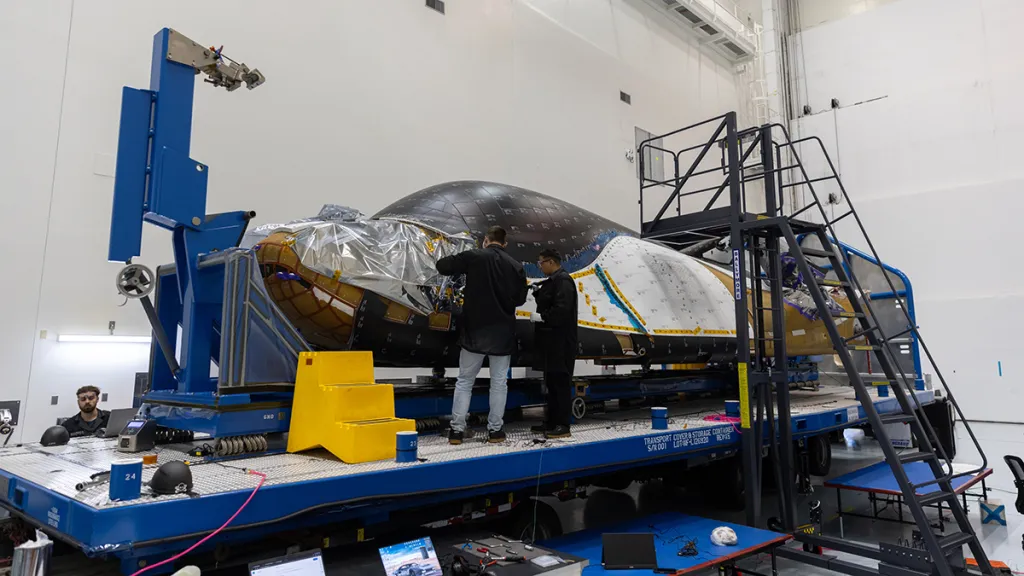
Sierra Space’s Dream Chaser DC-100, the world’s first winged commercial space plane, has reached a significant milestone in its journey to launch. On May 18, the spacecraft arrived at NASA’s Kennedy Space Center in Florida for final testing before its upcoming mission to the International Space Station (ISS).
Designed to ferry cargo between Earth and the ISS, the Dream Chaser features a unique lifting body and innovative wings, allowing it to land on a runway similar to NASA’s retired space shuttle. Attached to a 15-foot Shooting Star module, it can carry up to 7,000 pounds of cargo internally and more externally. The reusable Dream Chaser is slated for at least seven missions to the ISS, while the Shooting Star module is designed to burn up during reentry, disposing of up to 8,500 pounds of trash with each mission.
Dubbed “Tenacity,” the inaugural Dream Chaser will deliver 7,800 pounds of supplies and science experiments to the ISS. After undergoing rigorous testing at NASA’s Neil Armstrong Test Facility, it will undergo further assessments in Florida, including acoustic and electromagnetic interference testing, thermal protection system work, and payload integration.
Tenacity is scheduled to launch aboard a United Launch Alliance Vulcan rocket from Cape Canaveral Space Force Station later this year, with its return to Florida expected after a 45-day stay at the ISS. Sierra Space will then prepare the spacecraft for its next mission.
This mission marks the beginning of a fleet of Dream Chasers dedicated to low-orbit delivery runs to the ISS. Future missions may last up to 75 days and deliver up to 11,500 pounds of cargo. While initially envisioned for passenger transport, Sierra Space pivoted to cargo delivery after companies like SpaceX and Blue Origin advanced more quickly in developing crafts for human and civilian shuttle services.
From the article by Rachel Cormack


